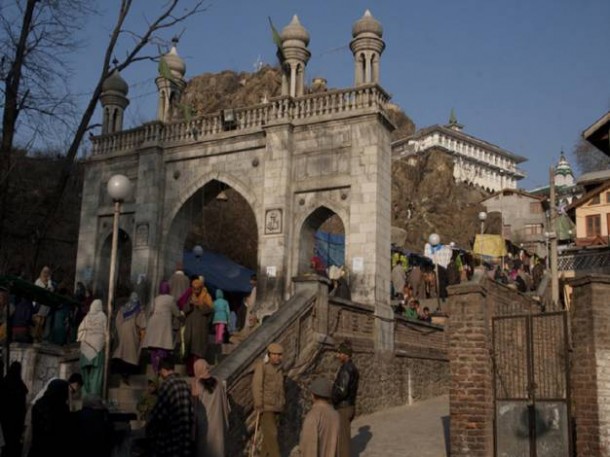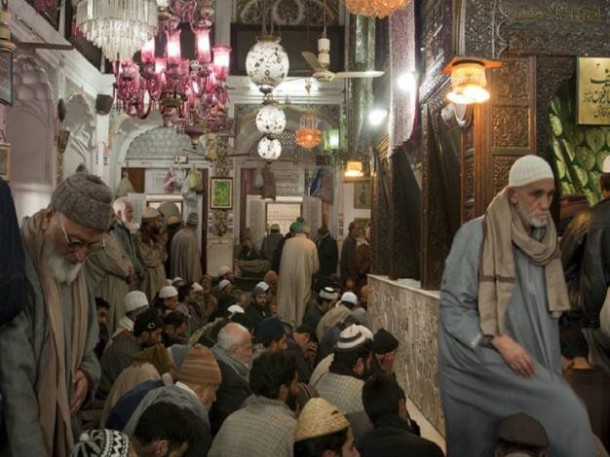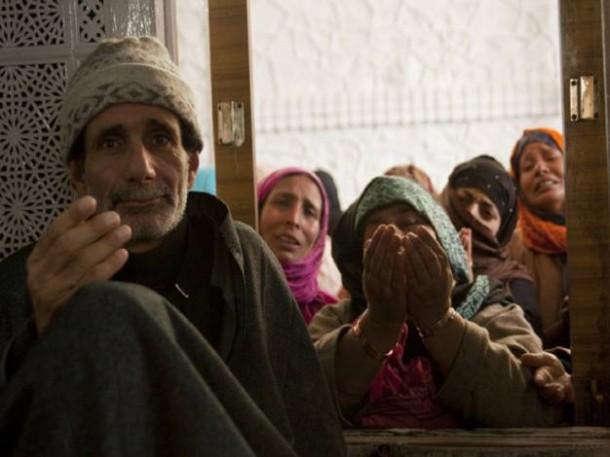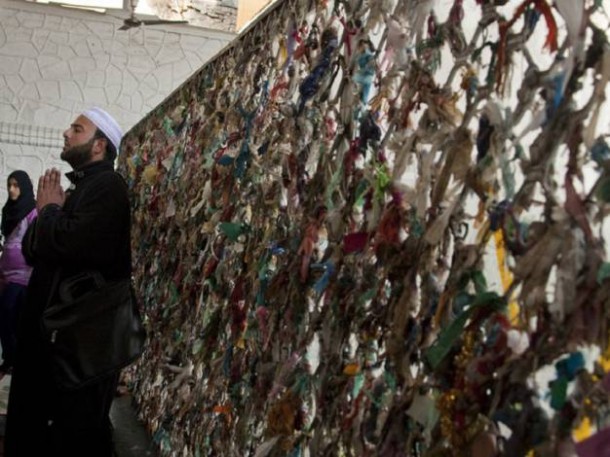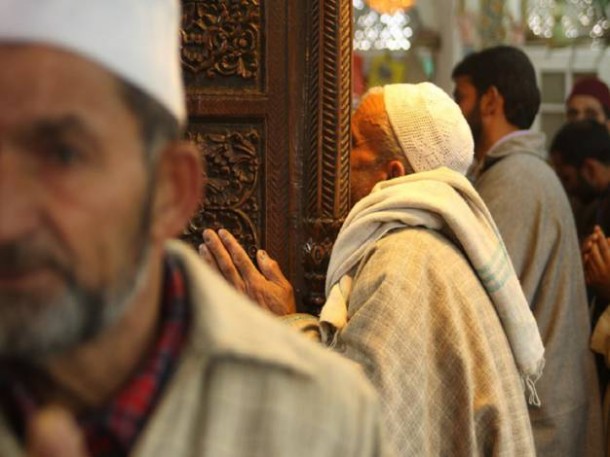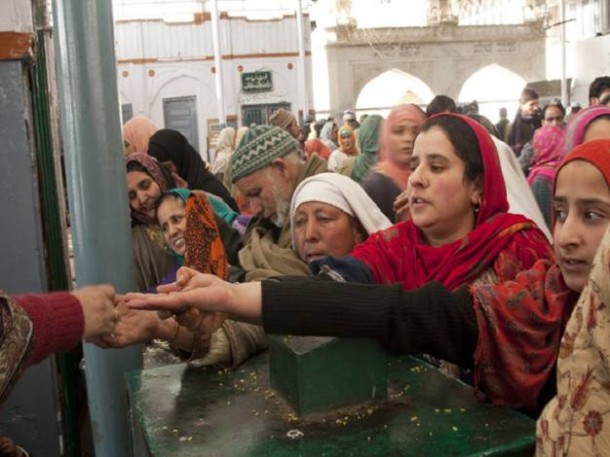SRINAGAR, INDIAN ADMINISTERED KASHMIR. The Urs, or death anniversary, of revered Kashmiri saint Sheikh Hamza Makhdoom is observed with fervor and gaiety each year on the 24th of Safar, the second month in the Islamic calendar. Popularly known as Makdoom Sahib and Sultan-Ul-Arifeen, meaning ‘King of Gnostics,’ the Sufi saint is said to have inherited the mysticism from his father, Baba Usman, a mystic saint of high order. Already as a child, Makdoom Sahib had a propensity towards the company of holy men and the pursuit of truth. Makdoom Sahib played a vital role in the diffusion of religious and spiritual education, ending superstitions against Islam and negating of the spread of the Shia Islam, which believes in the appointment of a prophet by God alone.
For just under 500 years, Kashmiri Muslims have been paying obeisance to Makdoom Sahib at his two-story shrine on the southern side of the Hari Parbhat hill in downtown Srinagar Kashmir.
The 13-day Urs is a particularly popular time to visit, with hundreds of pilgrims coming from all sects to initiate their physical and mental healing. During the rest of the year, devotees usually pay obeisance at the shrine on Thursdays.
A Kashmiri man gets ready to pray at the mausoleum of the 16th century Muslim saint.
Women are not allowed to enter the mausoleum. They raise their hands in prayer from the outside.
The walls of the shrine brim with pieces of colored cloths, each and every one tied by a pilgrim who has come to the Kashmir valley for the fulfillment of his or her wishes.
Veiled Kashmiri women pray to the Sufi saint from outside the marble walls.
The devotees pray in silence for long hours, and most of them have come from far away to spend several nights in Srinagar.
Both young and old are present. Here, an elderly man hugs a pillar in order to receive blessings from the Sufi saint.


